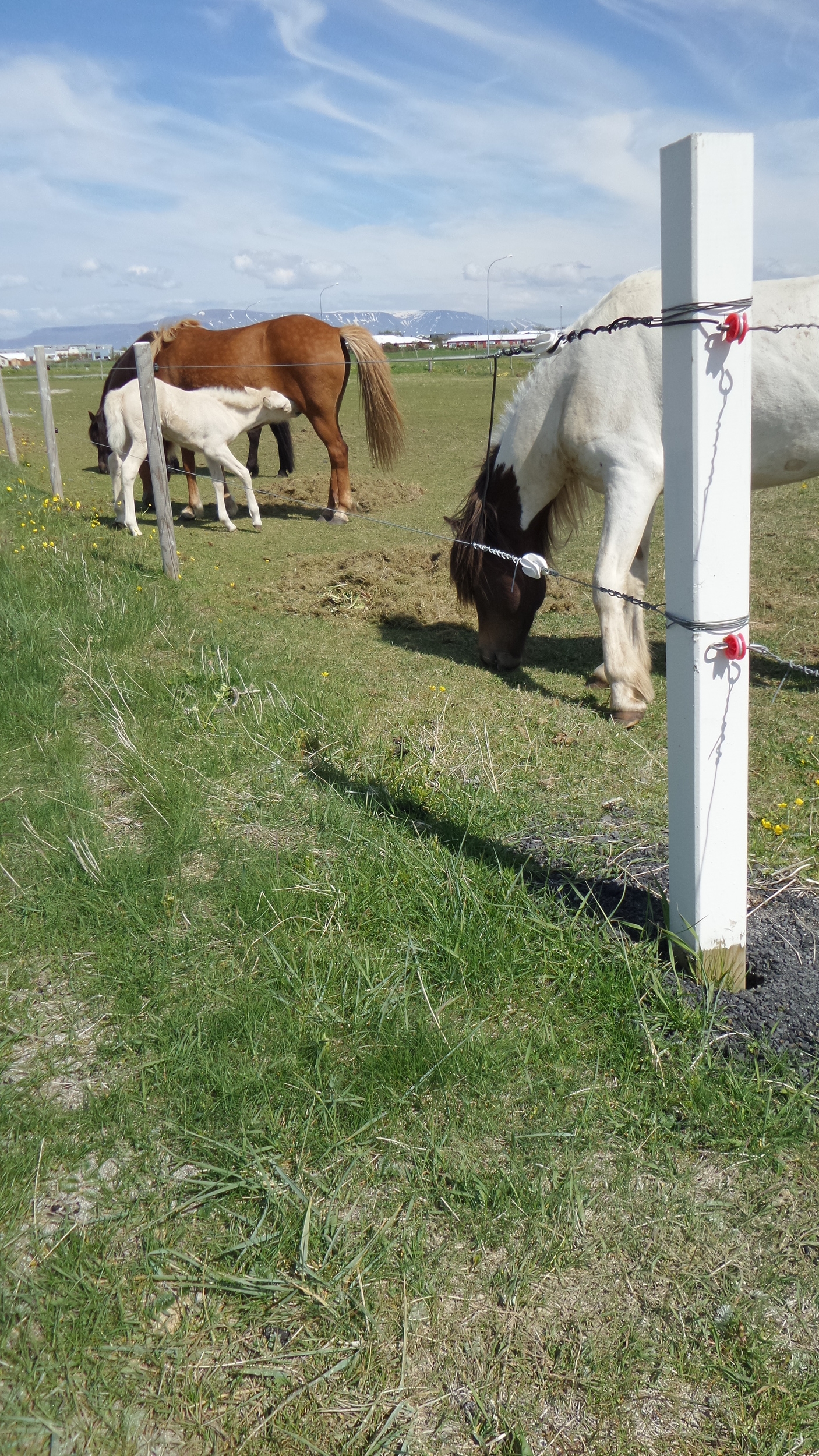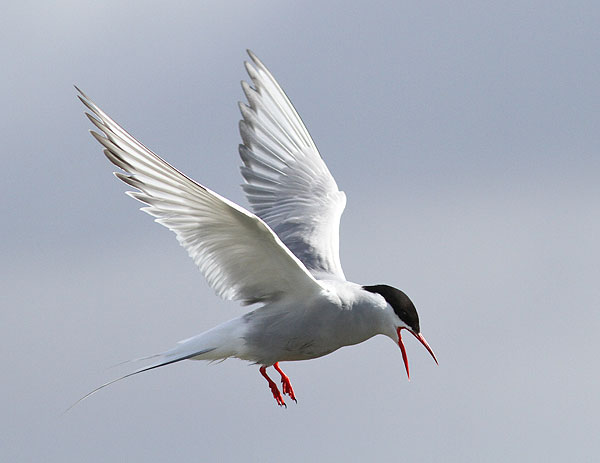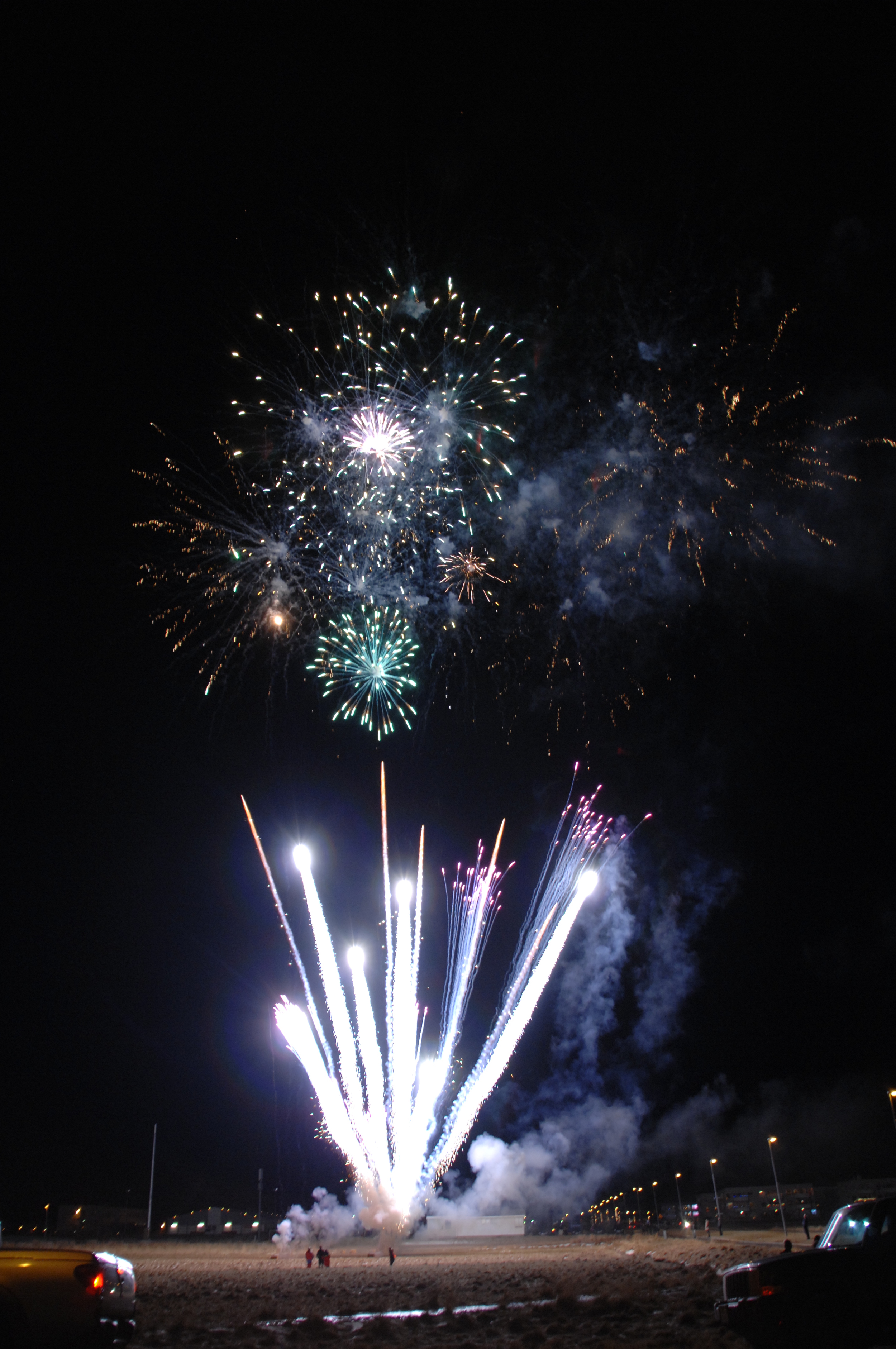
Activities
Álftanes pool and gym
Guests at Eyvindarholt receive free admission to the Álftanes swimming pool. You may retrieve your ticket at the reception. The swimming pool at Álftanes is 25 m in length and a great opportunity for swimming, playing, relaxation or instruction. There are also hot tubs, a steam bath and sauna, as well as toddler pools, slides and the only wave pool in Iceland. Children under the age of 8 are not permitted entry unless they are accompanied by an individual who can swim and is at least 14 years old.
Opening hours: Monday to Friday 06:30 til 21:00 / Saturday and Sunday 9:00 til 19:00
Museum of design and applied art
The Icelandic Museum of Design and Applied Art is located in Garðabær, a neighboring town of Álftanes. Its mission is to preserve Icelandic cultural history relating to design from the beginning of the 20th century to the present.
Horses
During the summer the guesthouse can facilitate horseback riding excursions in Álftanes, however it must be requested with as much notice as possible in order to make arrangements with the horse owner. The Icelandic horse is a breed that was developed in Iceland. Although the horses are small, at times pony-sized, most registries for the Icelandic refer to it as a horse. Icelandic horses are long-lived and hardy. The Icelandic displays two gaits in addition to the typical walk, trot, and canter/gallop commonly displayed by other breeds. The only breed of horse in Iceland, they are also popular internationally, and sizable populations exist in Europe and North America. The breed is still used for traditional sheepherding work in Iceland, as well as for leisure, showing and racing. The Icelandic was developed from ponies taken to Iceland by Norse settlers in the 9th and 10th centuries. The breed is mentioned in literature and historical records throughout Icelandic history; the first reference to a named horse appears in the 12th century. There is an active horse-owners community in Álftanes and horses can been seen in the area year-round.
BIRDS
The birdlife in Álftanes is large and varied throughout the year and it is a great place to spot the different types of birds the area has to offer.
Activities
The nature in Álftanes offer many different outdoor activities and exercise. Hiking and cycling paths are to all directions and different things can be experienced in different areas all year around.
GOLF
Álftanes golf club currently operates 9 holes and is named after Haukshús, this is par 29. Preparations are under way for a new area for future court to be to begin with a 9-hole , par 34 , qualified competition court.
.
special events
New Year's Eve in Álftanes is an impressive experience where one can see a sky full of fireworks as well as a bonfire by the ocean. This Icelandic tradition is a beautiful display of colors accompanied with a lot of noise. Following this, on the 6th of January, is Þrettándinn, or the thirteenth of Christmas, with another bonfire and even more fireworks.
https://is.wikipedia.org/wiki/Gaml%C3%A1rskv%C3%B6ld
https://en.wikipedia.org/wiki/New_Year%27s_Eve#Iceland
https://en.wikipedia.org/wiki/%C3%9Erett%C3%A1ndinn
Northen lights
In the capital area Álftanes is one of the best places to view the northern lights. The bright dancing lights of the aurora are actually collisions between electrically charged particles from the sun that enter the earth's atmosphere. The lights are seen above the magnetic poles of the northern and southern hemispheres. They are known as 'Aurora borealis' in the north and 'Aurora australis' in the south. Auroral displays appear in many colors, although pale green and pink are the most common. Shades of red, yellow, green, blue, and violet have been reported. The lights appear in many forms from patches or scattered clouds of light to streamers, arcs, rippling curtains or shooting rays that light up the sky with an eerie glow. The lights of the Aurora generally extend from 80 km (50 miles) to as high as 640 km (400 miles) above the earth's surface. Winter in the north is generally a good season to view the lights. The long periods of darkness and the frequency of clear nights provide many good opportunities to watch the auroral displays. Usually the best time of night (on clear nights) to watch for auroral displays is local midnight.
Ecalipse
As seen from the Earth, a solar eclipse is a type of eclipse that occurs when the Moon passes between the Sun and Earth, and the Moon fully or partially blocks, or occults, the Sun. This can happen only at new moon, when the Sun and the Moon are in conjunction as seen from Earth in an alignment referred to as syzygy. In a total eclipse, the disk of the Sun is fully obscured by the Moon. In partial and annular eclipses, only part of the Sun is obscured. Iceland experienced a total solar eclipse on March 20, 2015. The next solar eclipse in Iceland will be on August 12, 2026. It may sound like a long time to wait, but in Britain it will not happen again until 2090.























































